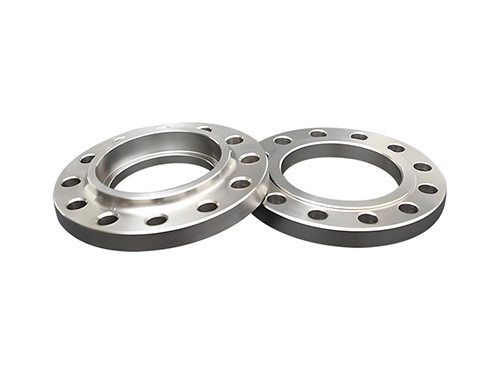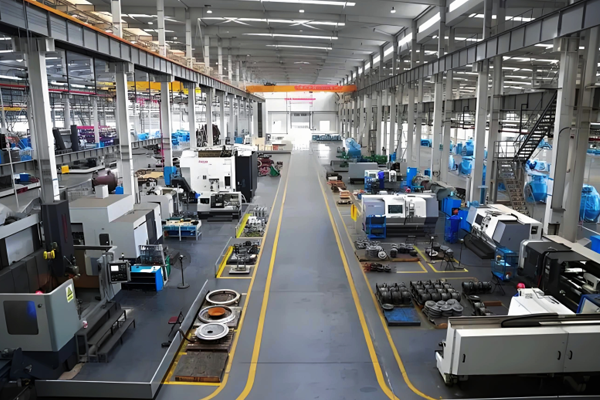
Socket Weld Flange
Socket Weld Flange is a type of flange that is connected to pipelines through a socket structure. It is widely used in pipeline systems with small and medium-sized diameters, high pressure, and high sealing requirements. Its structural feature is that there is a stepped circular hole in the center of the flange, and after the pipe end is inserted into the circular hole, it is fixed by corner welding on the outside of the flange to form a compact and reliable connection.
Structure and Installation
The core of socket welding flanges is the dual fixation of "socket+welding":
The flange hole is divided into two sections, with the upper section having a diameter slightly larger than the outer diameter of the pipeline (with a gap of about 0.5-1mm), and the lower section being a stepped surface. The pipeline is inserted into the rear end and fits snugly against the step to ensure accurate positioning.
Welding is only performed on the outer side of the flange with a single fillet weld, without the need for full penetration, but a gap of about 1.6mm needs to be reserved (to avoid stress caused by fusion between the pipeline and the step surface during welding).
The sealing surface is mostly raised (RF) or raised (MFM), suitable for metal gaskets (such as copper gaskets, wrapped gaskets), and has better sealing performance than sliding flanges under high pressure.
Performance and advantages
High pressure adaptation: Suitable for pressure levels ranging from Class 150 to Class 2500 (1.6-42MPa), especially performing well in small and medium-sized (DN15-DN100) pipelines, such as hydraulic systems and instrument pipelines.
Compact structure: No long neck design, the overall length of the flange is 30% -50% shorter than that of the welded flange, saving installation space and suitable for densely arranged pipelines (such as pipelines around chemical plant reactors).
Strong leakage resistance: The socket structure is combined with welding to reduce the leakage path of the medium, making it more suitable for toxic or flammable and explosive media (such as propylene and chlorine gas) than threaded flanges.
Applicable scenarios
High pressure instrument pipelines in petrochemical industry (such as pressure transmitter connecting pipes);
Hydraulic pipelines for ships and aerospace (limited space and requiring high-pressure sealing);
Small and medium-sized steam pipelines (superheated steam branch pipes below DN50) in the power industry.
Precautions
Only applicable to diameters of DN100 and below (large diameters are difficult to weld and prone to stress concentration);
Local heat treatment is required after welding to eliminate post weld stress and prevent cracking;
During installation, it is necessary to clean the debris inside the socket and ensure that the pipeline is tightly attached to the step surface.

+86-15533769121

Jango

jango@yuntaopiping.com

Beixiaozhuangzi Industrial Zone, Mengcun Hui Autonomous County
Copyright © 2025-2026 http://www.yuntaopiping.com. All Rights Reserved Yuntao Piping Group.,Ltd.Copyright



